Carpet Installation Louisville KY
Fill in your details below - we'll reach out to schedule a free quote!
We will get back to you as soon as possible
Please try again later
Carpet Installation Louisville KY
JD Flooring is a locally owned and operated business that specializes in carpet installation.
We have been serving the Louisville KY area for years, and our experience and expertise are second to none.
We take pride in our workmanship, and we are always working to ensure that our customers are completely satisfied with our services.
We understand that choosing the right carpet for your home can be a daunting task, but we are here to help.
Contact us today to schedule a free consultation, and let us show you why JD Flooring is the best choice for your next carpet installation.
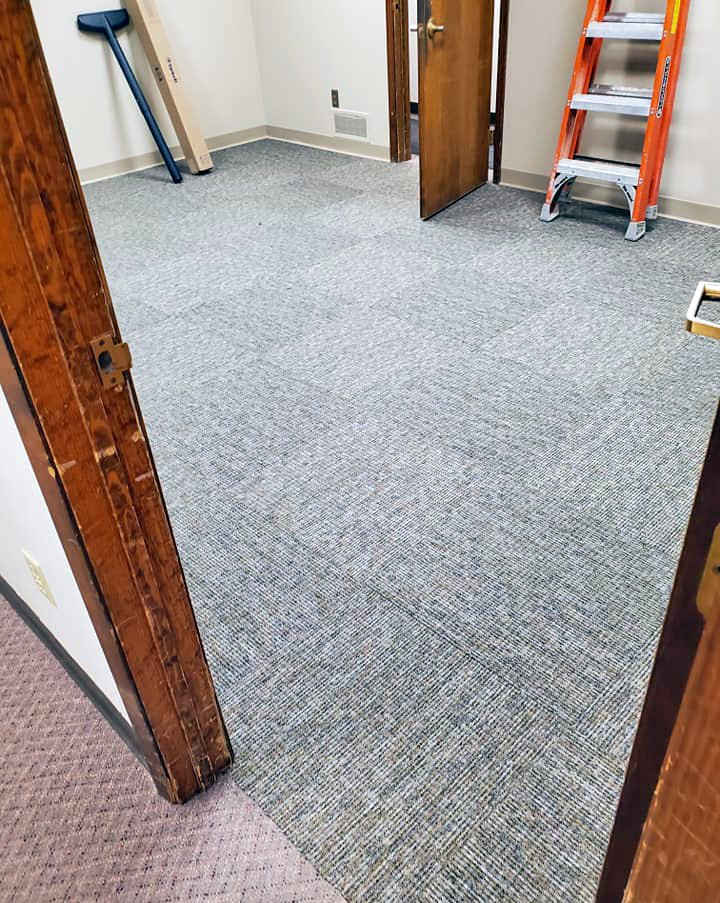
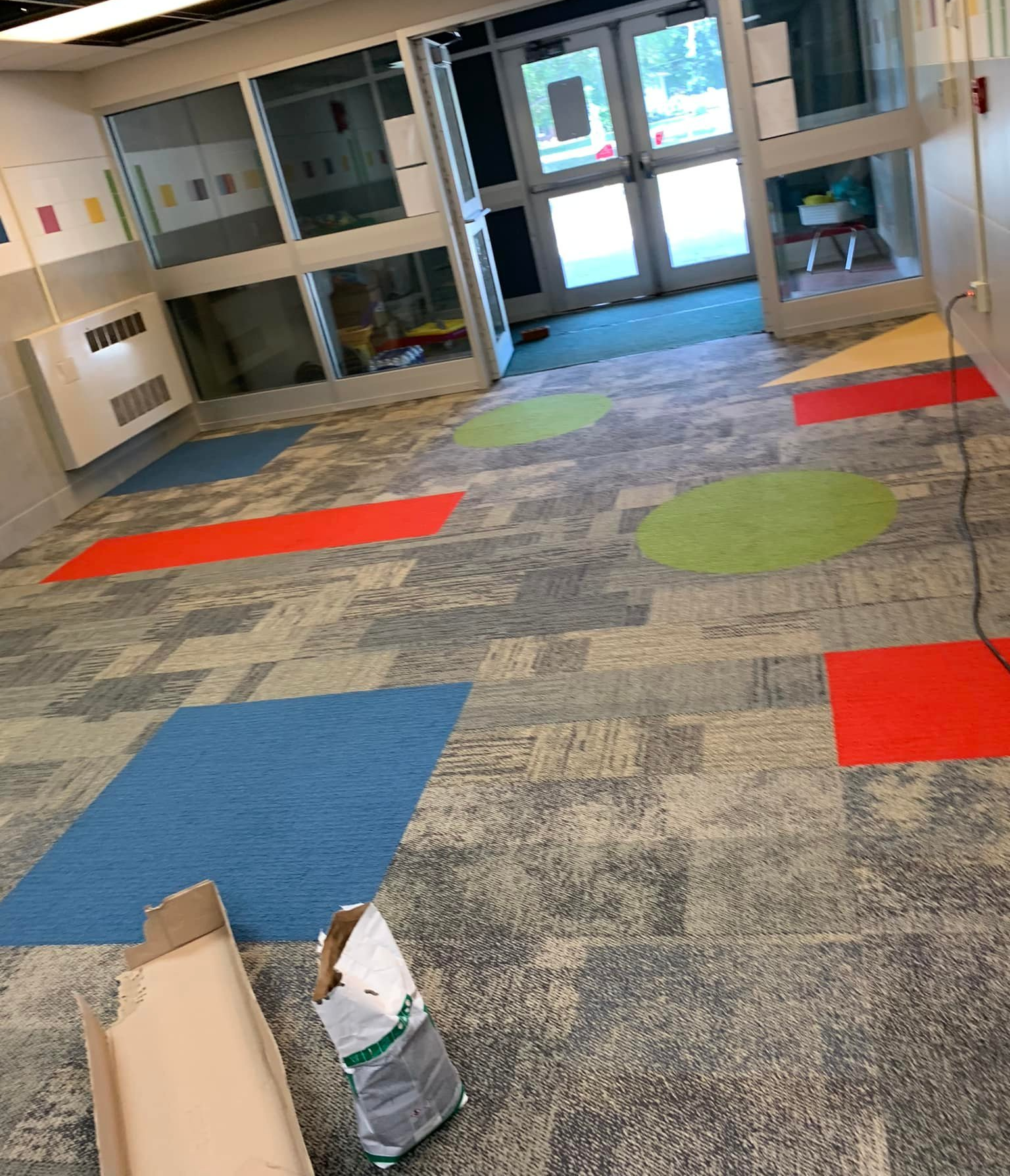
Carpet Installation Company in Louisville
JD Flooring is a carpet installation company in Louisville, KY. We specialize in the installation of all types of carpet, from low-pile residential to high-traffic commercial.
We also install tile, hardwood, laminate, and vinyl flooring. We're family owned and operated - and are licensed and insured.
We're dedicated to providing our customers with the highest quality products and services available, and we believe that our attention to detail is what sets us apart from the competition.
Contact us today for a free estimate!
Louisville Carpet Installation Contractors
At JD Flooring, we are proud to be one of the leading providers of carpet installation services in the Louisville area.
We have a team of experienced and certified contractors who are dedicated to providing the highest quality of service possible.
We understand that choosing the right flooring for your home can be a difficult decision, and we are here to help you every step of the way.
Contact us today to schedule a free consultation.
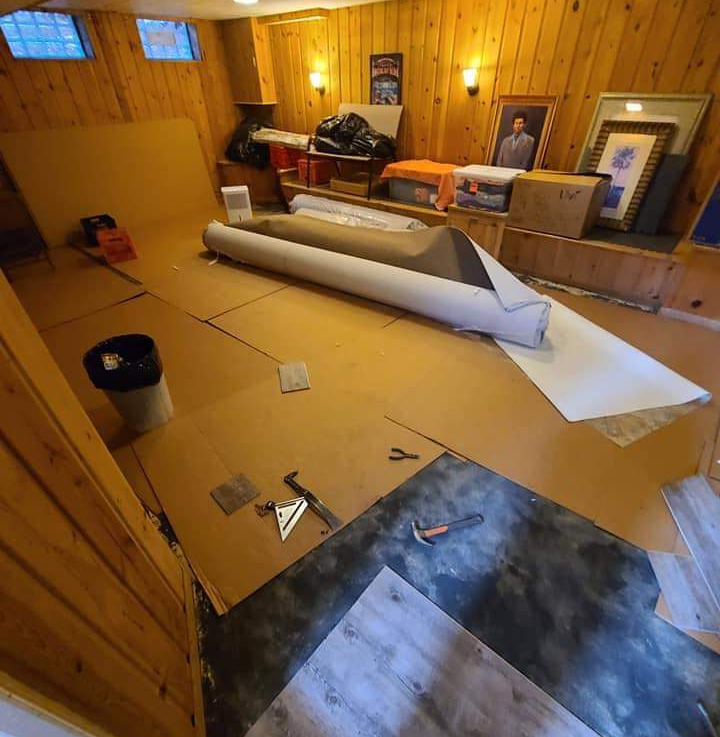
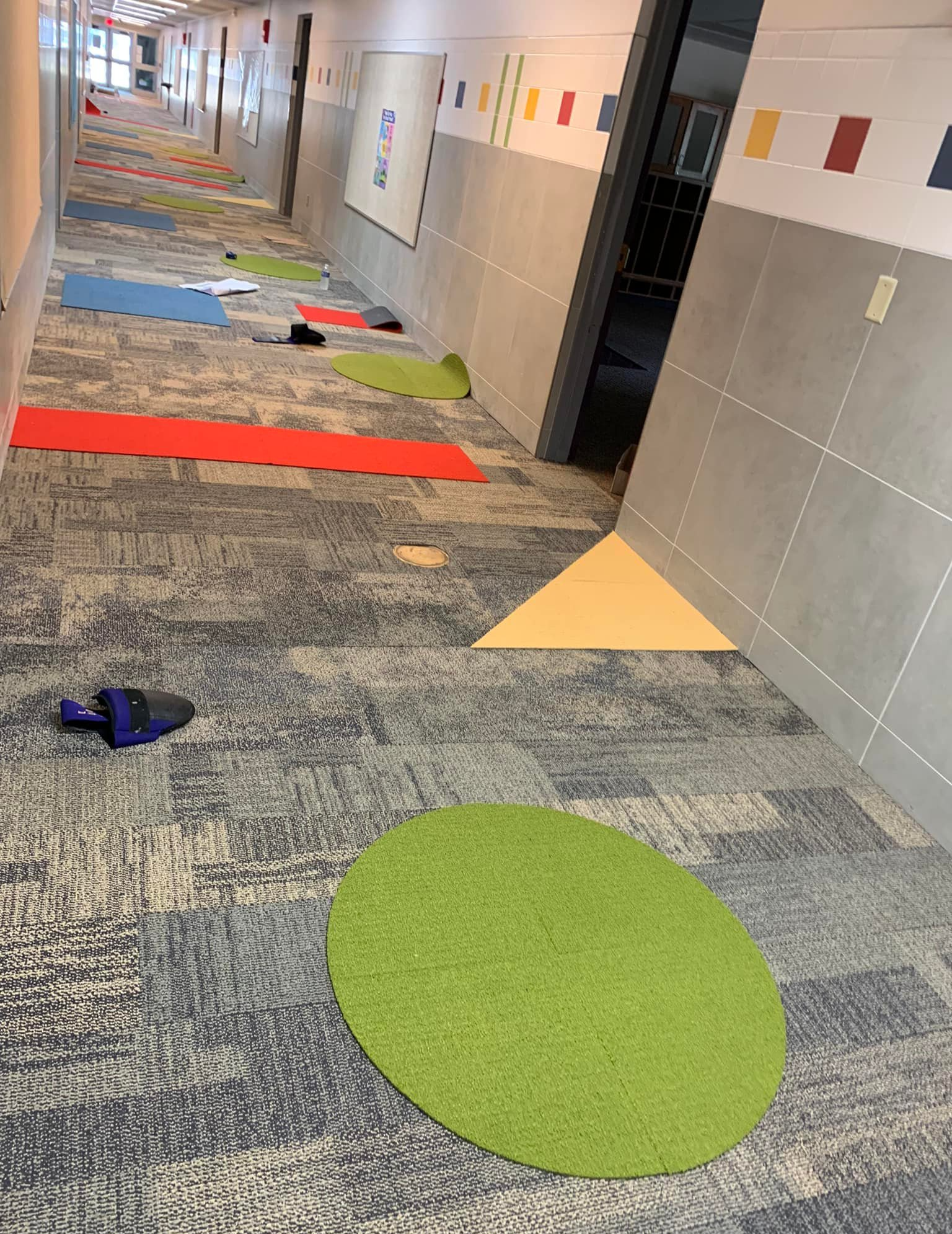
Benefits of Carpet
Different types of carpet can have different benefits. For example, loop pile carpets are durable and easy to clean, making them ideal for high-traffic areas. Plush carpets have a luxurious feel and can help to reduce noise levels in a room.
Berber carpets are also durable and easy to clean, and they resist staining and fading. When choosing a carpet, it is important to consider your needs and the amount of traffic the carpet will receive.
If you have children or pets, you may want to choose a carpet that is resistant to stains and easy to clean.
If you are concerned about allergies, you may want to choose a carpet made of natural fibers such as wool or cotton.
Whatever your needs, there is a type of carpet that can suit your purposes.
Carpet Installation Process
Installing carpet may seem simple, and in some cases it can be. The real trick behind a proper carpet installation process is to be well prepared.
Knowing the material you're working with, getting precise measurements and preparing the floor before laying the carpet are big steps in the right direction.
That's why our flooring contractors excel at laying carpet - because they follow a precise process.
Choose Your Carpet
The first step in the process is for the customer to choose their carpet.
This is an important decision, as it will inform the rest of the installation process.
Depending on which carpet the customer chooses, the installation process may be slightly different.
Things that vary in the installation based on the choices include the tools needed, the type of underlayment required, and the amount of time it will take to install.
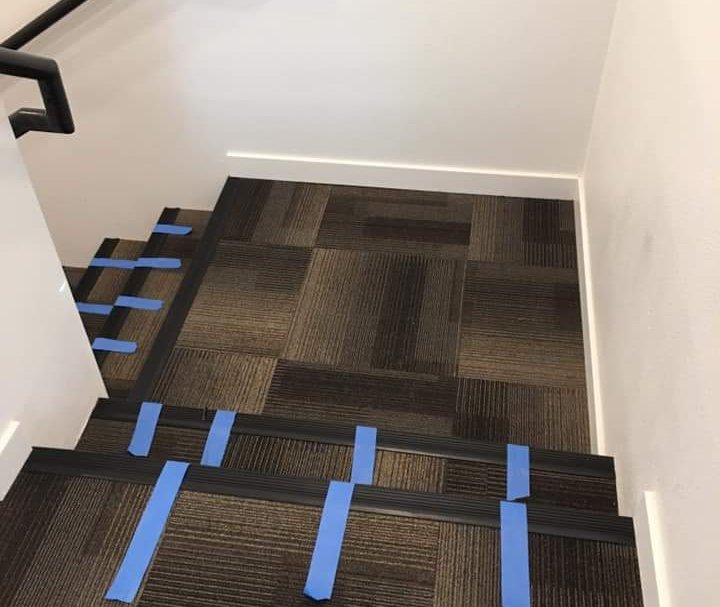
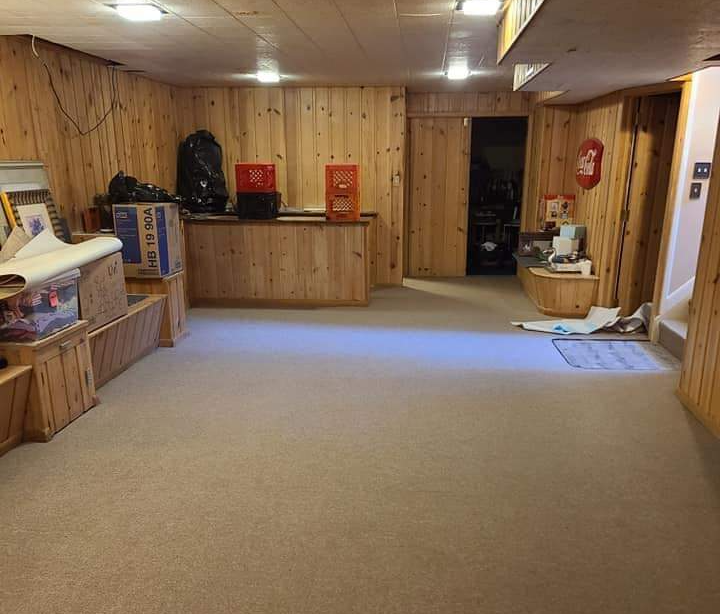
Remove Old Carpeting
The second step in the carpet laying process is to remove any old carpeting.
This may involve using a utility knife to score the carpet so that it can be pulled up more easily.
In some cases, it may also be necessary to remove tack strips or adhesive residue.
Once the old carpet has been removed, we inspect the floor for any nails or other sharp objects that could damage the new carpet.
Take Accurate Measurements
Once you have chosen your carpet and identified the best place to install it, the next step is to take accurate measurements.
This is crucial, as an incorrectly measured space can result in a carpet that is too small or too large. To avoid this, we start by measuring the length and width of the room.
Then, we determine how much of this area we will need to cover with carpet. Keep in mind that we will need to allow for waste when making our calculations.
Once we have the dimensions of the space, we add an extra 10-15% to account for cuts.
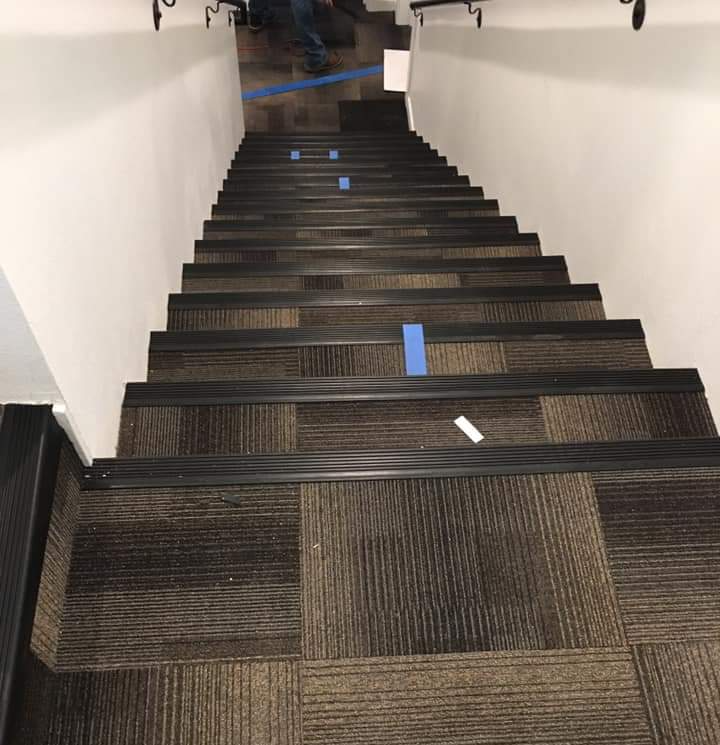
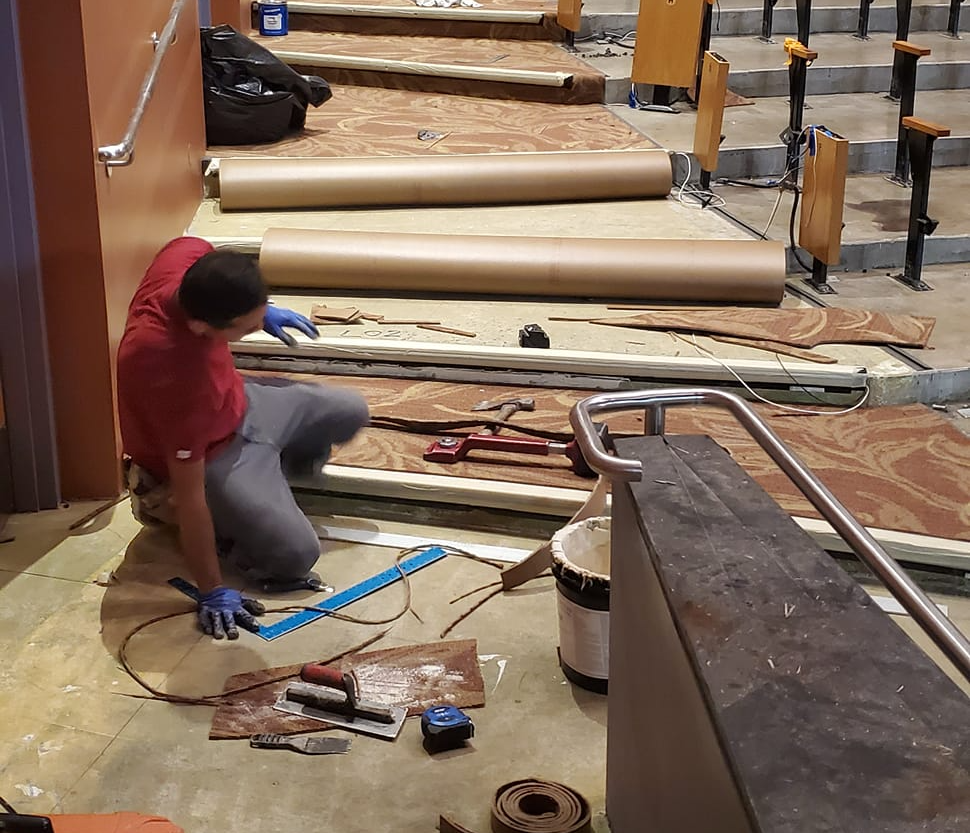
Prepare the Subfloor
The fourth step in the carpet laying process is to prepare the subfloor.
We do this by cleaning the floor and making any repairs that may be necessary.
This ensures that the carpet will have a smooth, level surface to lay on.
Once the subfloor is prepared, we can move on to the next step in the process.
Install Underlayment
The fifth step in the carpet installation process is to prepare and install the underlayment.
This step is important for several reasons.
First, the underlayment provides an extra layer of cushioning, which makes the carpet more comfortable to walk on.
Second, it helps to reduce noise levels, making it ideal for homes with small children or pets.
Third, it can extend the life of the carpet by protecting it from wear and tear.
When installed correctly, the underlayment also creates a smooth surface that makes it easier to vacuum and clean.
As a result, taking the time to prepare and install the underlayment is well worth the effort.
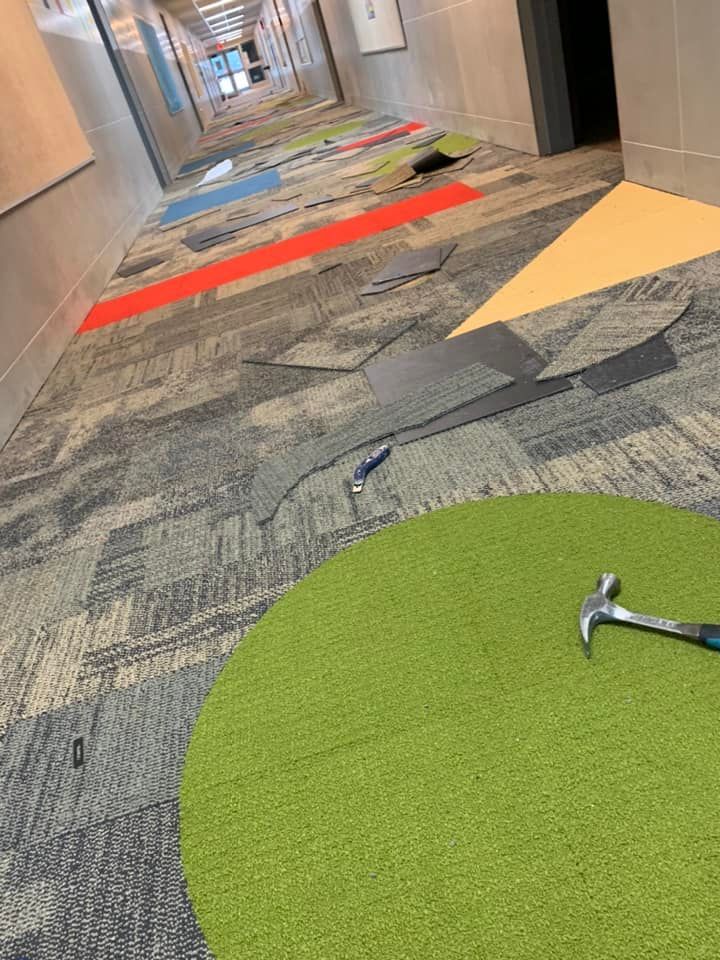
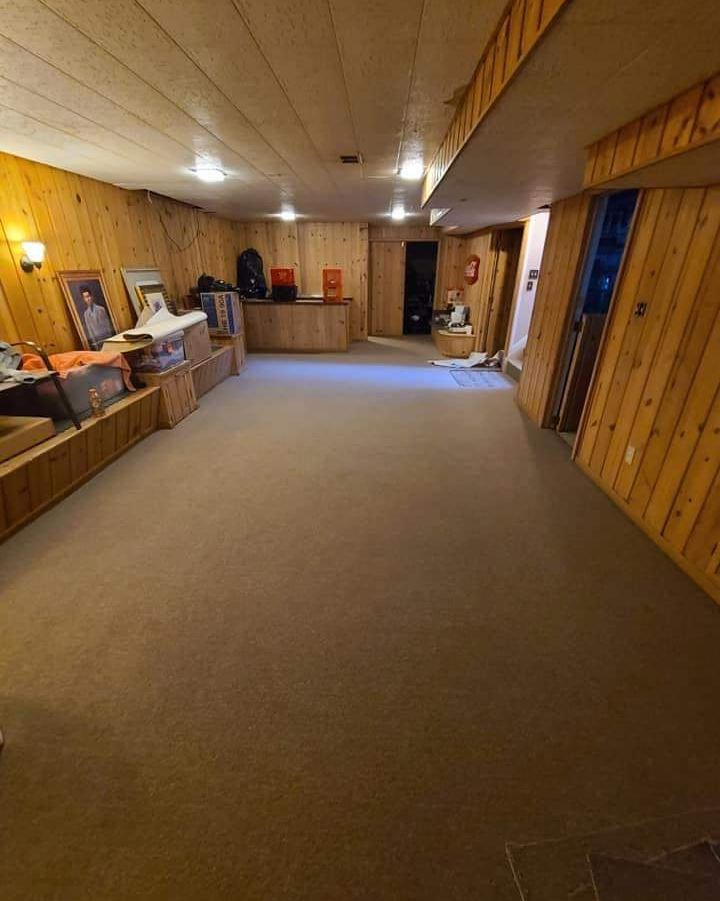
Carpet Installation
The sixth step in the process of installing carpet is to install the carpet itself.
This is a critical step, as it will determine the finished product.
There are a few important things we keep in mind when installing the carpet.
First, we always make sure that the carpet is properly stretched.
This will ensure that there are no wrinkles or bumps in the finished product.
Second, we pay attention to the seams. They should be straight and flush with the floor.
Finally, we take care when trimming the carpet. We always use a sharp knife and make sure that all cuts are straight.
Finishing Touches
The final step in the carpet laying process is to apply any finishing touches, like adhesive tapes or strips, to prevent the edges from curling.
Once the carpet is laid, Finally, we vacuum the carpet to remove any loose fibers or dirt.
By taking these steps, we can ensure that your new carpet will look great and last for many years to come.
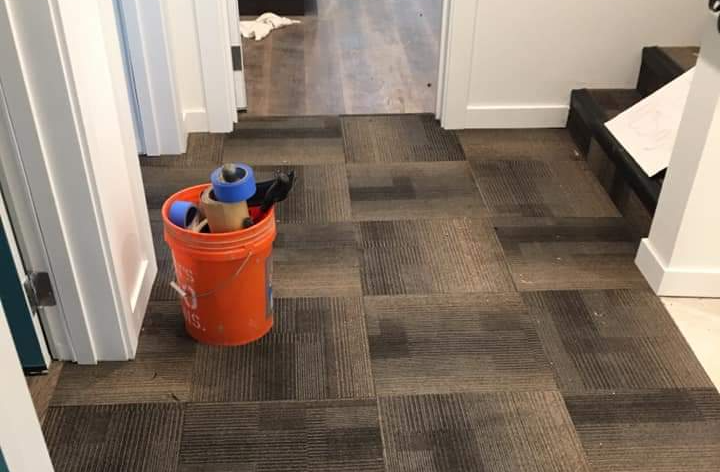
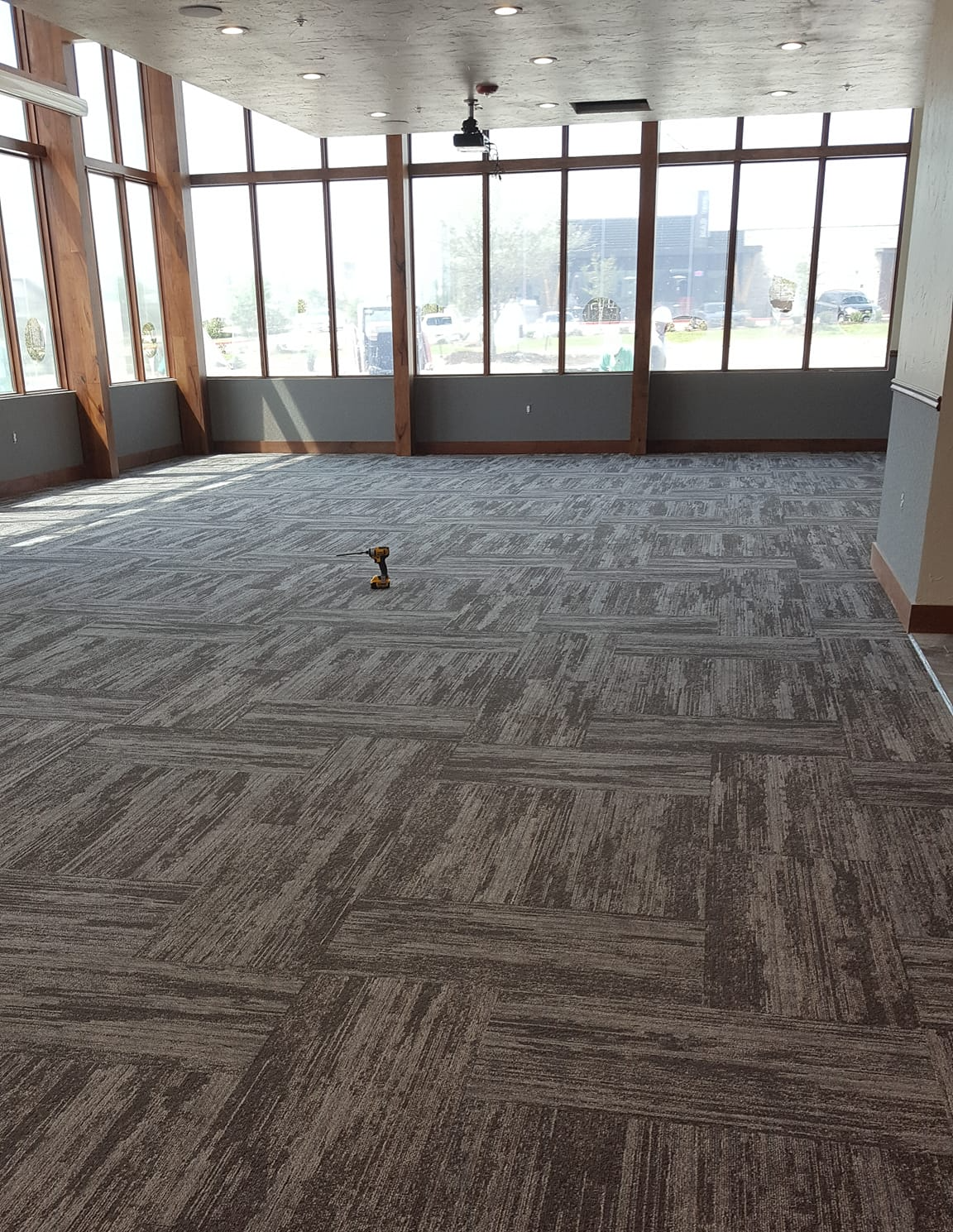
How to Maintain Carpet
A new carpet is a significant investment, and it's important to take care of it so it will last for many years. Here are some tips on how to maintain a newly installed carpet:
- Vacuum regularly. This will help to remove dirt, dust and other debris that can get trapped in the fibers and cause them to break down over time. Be sure to use a vacuum with good suction and avoid going over the same area multiple times.
- Spot clean spills as soon as they happen. Use a mild cleaning solution and blot the spill with a clean cloth. Avoid scrubbing or rubbing, which can damage the fibers.
- Have your carpet professionally cleaned every 12 months. This will help to remove deep-seated dirt and grime that vacuuming alone can't reach.
By following these simple tips, you can keep your new carpet looking great for years to come.
Benefits of Carpet Flooring
Carpet has many benefits that make it an ideal flooring choice for homes and businesses. Carpet is soft and cushiony, making it comfortable to walk on and reducing noise levels.
It also helps to insulate rooms and can save on energy costs. In addition, carpet is available in a wide range of colors and patterns, making it easy to find a style that suits your taste.
Carpet is also durable and easy to care for, with most types requiring only vacuuming and occasional spot cleaning.
When it comes to choosing a floor covering, carpet offers a wealth of advantages that make it hard to beat.
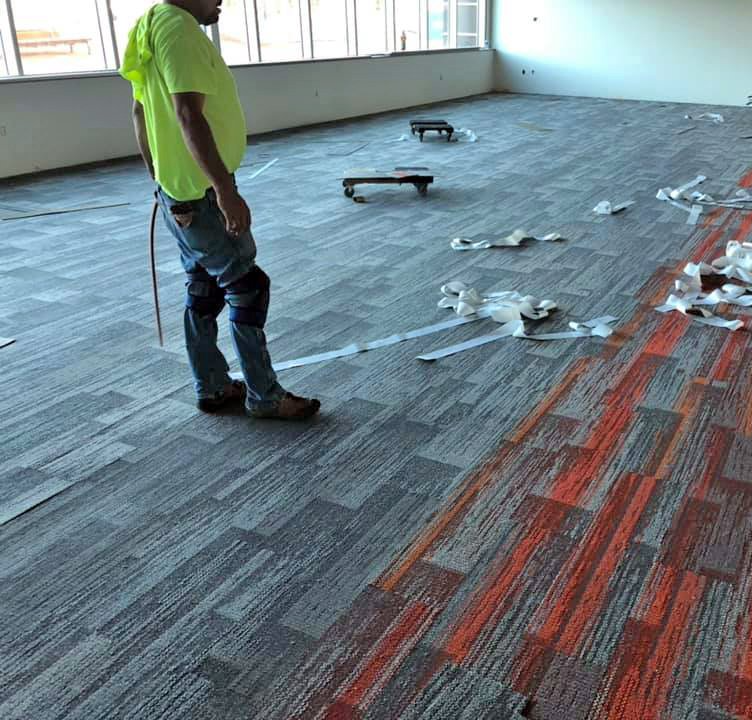
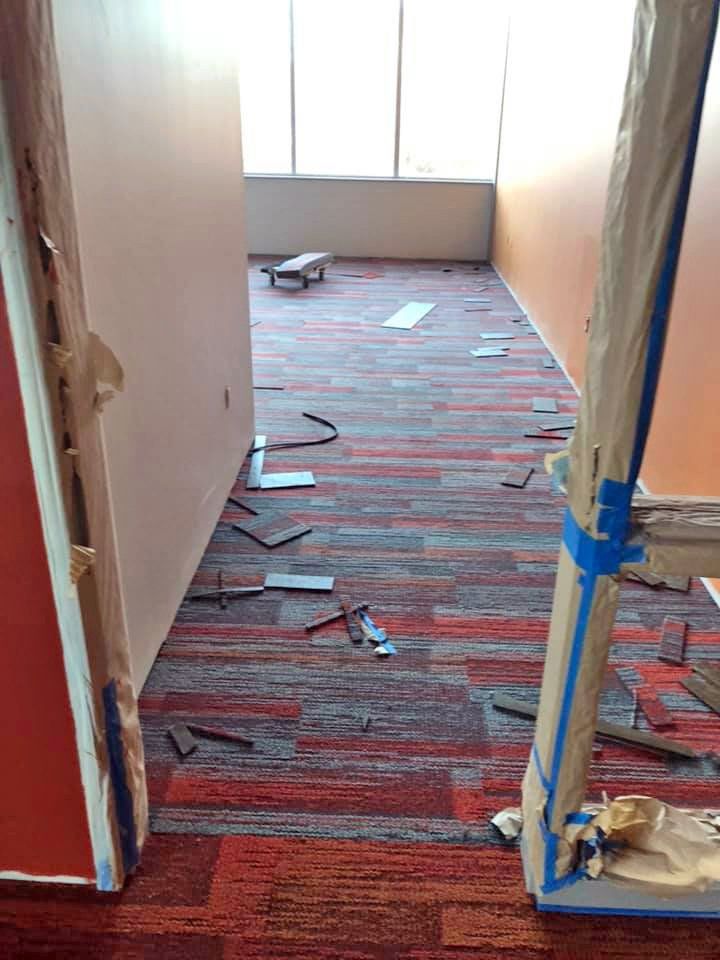
Local Carpet Installation Louisville KY
When it comes to finding a carpet installer you can trust, look no further than JD Flooring.
We offer local carpet installation services in Louisville KY, and we are dedicated to providing our customers with the highest quality of service.
We believe that every customer deserves a beautiful, durable, and affordable carpet, and we work hard to provide that.
We offer a variety of installation options, so you can choose the one that best suits your needs. Whether you need full-service installation or just a few hours of labor, we can help.
Contact us today to learn more about our services or to schedule a free consultation.
How Much Does Carpet Installation Cost?
The cost of carpet installation in Louisville KY can vary depending on a number of factors.
The size of the room, the type of carpet, and the complexity of the installation are all important considerations.
Additionally, the time of year and the current demand for carpet installation services can also impact the cost.
In general, it is best to get an estimate from a professional installer before making any decisions.
By taking all of these factors into account, you can be sure to get the best value for your money.

Carpet Installation FAQs
What are the three basic types of carpet?
There are three basic types of carpet: loop pile, cut pile, and textured. Loop pile carpet is made from loops of yarn that are all the same height. Cut pile carpet is made from tufts of yarn that have been cut at different heights. Textured carpet has a mix of loop and cut piles, which creates a textured surface.
Carpet is typically made from synthetic fibers, such as nylon or polyester, but can also be made from natural fibers, such as wool. Carpet is often used in bedrooms and living rooms because it is soft and comfortable underfoot. It can also help to reduce noise levels in a room.
Carpet is available in a wide range of colors and styles, so it is easy to find a carpet that will match your home décor. When choosing a carpet, it is important to consider the type of traffic the carpet will receive.
For example, a low-pile carpet may be more suitable for a bedroom than a living room where there is more foot traffic. If you have pets or children, you may also want to choose a carpet that is stain-resistant.
How do you measure for carpet installation?
There are two main measurements that you need to take into account when installing carpet: the length and width of the room, and the size of the carpet itself. To determine the length and width of the room, simply measure the longest and widest walls.
The size of the carpet is slightly more complicated, as you need to take into account both the amount of coverage you need and any patterns or design features. To start, measure the length and width of the room again, this time including any alcoves or recesses.
Once you have these measurements, add on an extra 10-15cm (4-6 inches) to allow for wastage. Next, decide how much of the floor you want to cover - usually, 80-90% is a good amount.
Finally, factor in any patterns or design features - for example, a lattice pattern will require more wastage than a simple checked design. With all of these measurements in hand, you should be able to purchase enough carpet to cover your floor with ease!
What is pile direction and why does it matter?
Pile direction is the direction in which the fibers in a piece of fabric are aligned. The piles are the raised portions of the fabric, and the direction refers to the orientation of the threads that make up the piles.
Pile direction is important because it affects how the fabric will look and feel. For example, a fabric with a horizontal pile will appear to be smoother than one with a vertical pile.
In addition, pile direction can also affect durability; fabrics with a diagonal pile are typically more resistant to wear and tear. As a result, it is important to consider pile direction when selecting a fabric for a particular project.
How long does carpet installation take?
Carpet installation is a big job, but most professional installers can complete the work in one day. However, there are a few factors that can affect the timeline, including the size of the room and the type of carpet being installed.
For instance, installing carpet in a large room can take longer than installing it in a small room. Similarly, installing plush carpeting will usually take longer than installing berber carpeting.
In general, though, most customers can expect their new carpet to be installed within 24 hours.
What are tack strips?
A tack strip is a long, thin strip of wood or metal that is used to secure carpeting in place. The strip is generally nailed or glued to the floor, and the carpet is then stretched over the top and fastened down.
Tack strips are typically placed around the perimeter of a room, and they can also be used to create defined areas within a larger space. For example, a tack strip can be used to create a border around a fireplace hearth or to delineate a walking path through a kitchen.
In addition to their practical applications, tack strips can also add an aesthetic element to a space. For instance, they can be used to create a geometric pattern on the floor or to highlight the edge of a rug. Whatever their purpose, tack strips are an important part of any carpet installation.
How long does carpet last?
There are a number of factors that can affect the lifespan of a carpet, including the quality of the carpet, the amount of traffic it receives, and how well it is maintained. High-quality carpets can last for 15 or 20 years, while lower-quality carpets may only last 5 or 10 years.
Similarly, carpets in high-traffic areas such as entryways and hallways will usually need to be replaced more frequently than those in low-traffic areas such as bedrooms.
And finally, regular vacuuming and spot cleaning can help extend the life of a carpet by preventing dirt and debris from building up over time. So when it comes to choosing a carpet, remember that the old saying is true: you get what you pay for.
What is tackless carpet installation?
Tackless carpet installation is a method of installing carpets in which the carpet is not fastened down with tacks or nails. Instead, the carpet is attached to a special strip that is glued or nailed to the floor. The strip has small teeth that grip the carpet and keep it in place.
Tackless carpet installation is often used in high-traffic areas or areas where the carpet will be subject to heavy wear and tear. It is also commonly used in homes with pets, as it helps to prevent the carpet from being pulled up by little clawed feet.
While tackless carpet installation may take a bit more time and effort than traditional methods, the results are well worth it.
Reach Out For a Free Quote
Send us a message using the form below, and we’ll get back to you as soon as we can.
We will get back to you as soon as possible
Please try again later
Copyright © 2015-2022 JD Flooring Installers | All rights reserved
Contractor Website by Curated Leads
